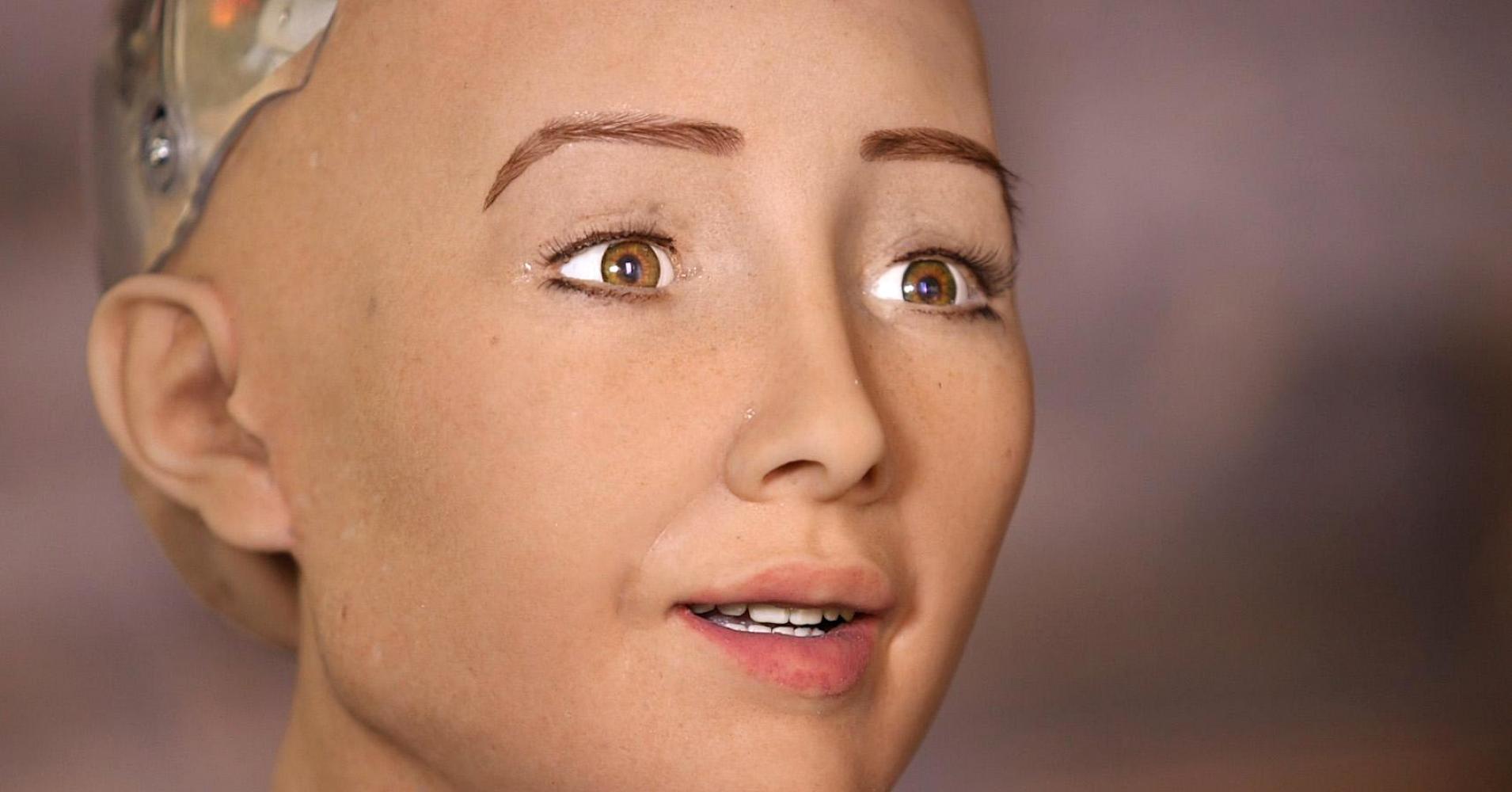Coding
we all started here
Quick Facts: – The first ever robot was created in the 5 th century BC by Archytas of Tarentum in the form of mechanical doves. Leonardo da Vinci drew plans for a robotic machine, kind of an armoured humanoid in 1495. The first humanoid robot was Elektro built by Westinghouse in 1939. It was 7 feet tall and could speak 700 words.

now we are here
 sS
sS
As robots begin to dominate our everyday lives, Massachusetts Institute of Technology(MIT) researchers have taught a robot how to learn a new pick-and-place task with the help of human demonstrations.The human demonstrations help to "reprogramme" the robot in random poses which it has never encountered earlier. The new technology allows the robot to quickly learn a new skill in 10 to 15 minutes.The new technology is set to be a gamechanger in e-commerce warehouse storage where robots have to perform a variety of tasks like storing mugs upside down and in various places.
Going off the Deep End

While AI has the potential to automate specific tasks and jobs, it is likely to replace humans in some areas. AI is best suited for handling repetitive, data-driven tasks and making data-driven decisions. However, human skills such as creativity, critical thinking, emotional intelligence, and complex problem-solving still need to be more valuable and easily replicated by AI. The future of AI is more likely to involve collaboration between humans and machines, where AI augments human capabilities and enables humans to focus on higher-level tasks that require human ingenuity and expertise. It is essential to view AI as a tool that can enhance productivity and facilitate new possibilities rather than as a complete substitute for human involvement.